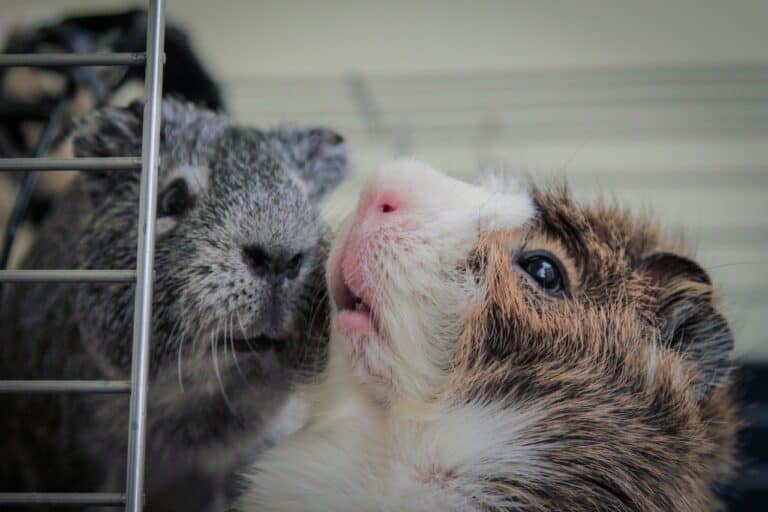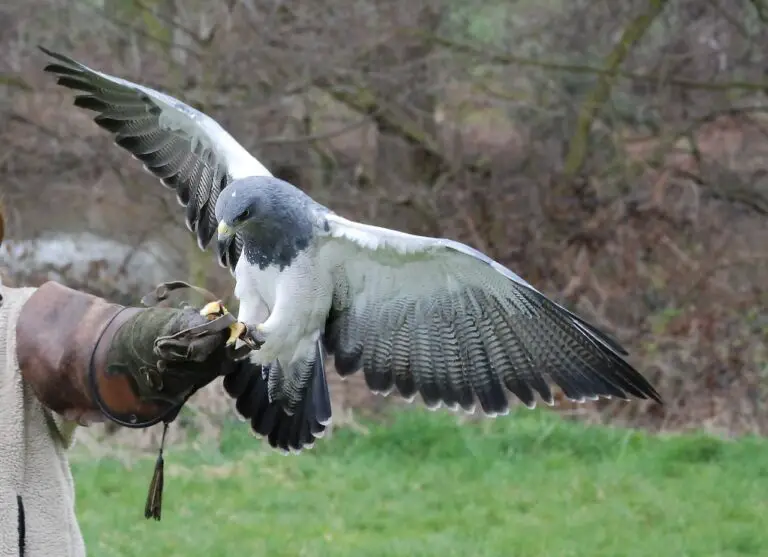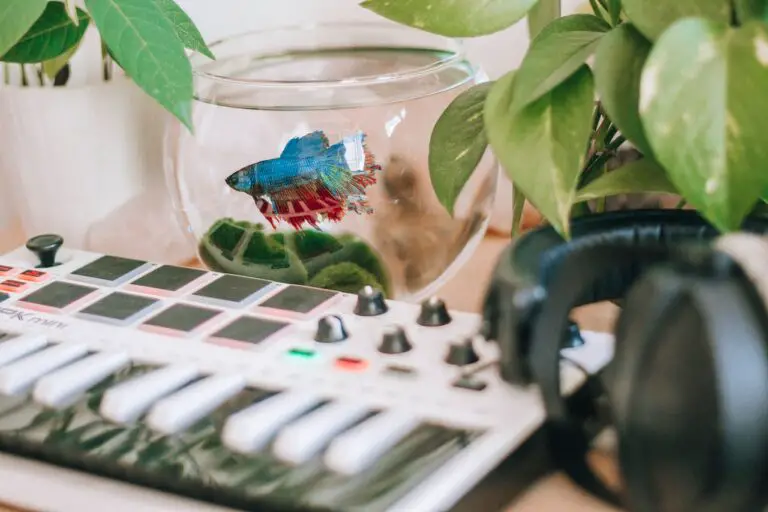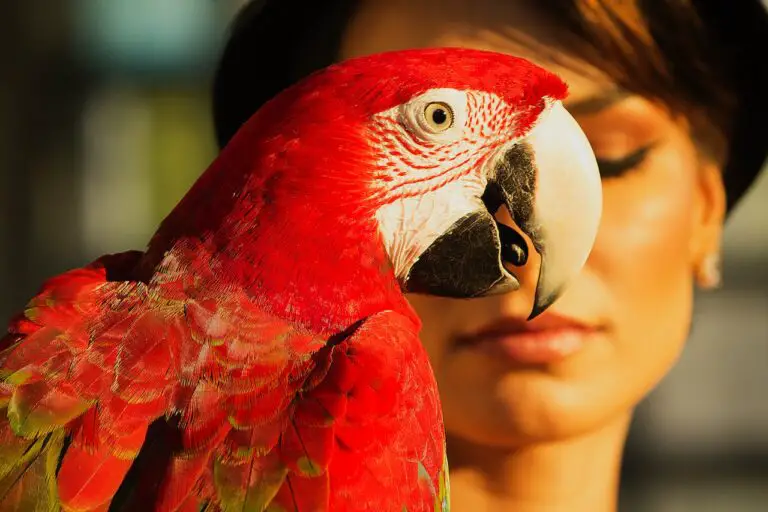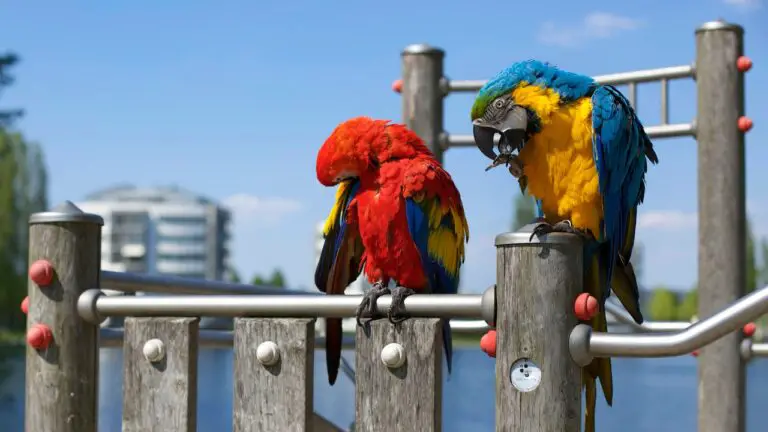Saving Exotic Birds: The Importance of Conservation
Exotic birds captivate us with their vibrant colors, unique behaviors, and ties to far-away lands.
However, many exotic avian species face severe threats in the wild. Habitat loss, climate change, invasive species, poaching, and unsustainable trade have caused precipitous declines in exotic bird populations across the globe. To preserve Earth’s remarkable diversity of birds, strategic conservation efforts are urgently needed.
This article explores the importance of saving exotic birds, current threats driving declines, and impactful solutions to protect exotic avians for generations to come.
| Key Takeaway | Summary |
|---|---|
| Public Awareness and Education | The article emphasizes raising public awareness through publishing informative media, social media campaigns, speaking events, and educational initiatives. This fosters appreciation for exotic birds while informing people about threats they face. |
| Habitat Restoration and Protection | The article discusses initiatives like establishing protected reserves, developing habitat restoration plans, acquiring land, and promoting responsible ecotourism. These efforts aim to preserve and revitalize habitats that sustain exotic birds. |
| Enacting Protective Policies | The article advocates for policies like trade regulations, hunting bans, conservation funding, and international agreements. Well-designed policies demonstrate commitment to protecting exotic birds. |
| Looking Ahead with Hope | Despite challenges, the article conveys hope that strategic conservation action, public involvement, and policy reforms can secure thriving exotic bird populations for future generations. |
The Ecological Significance of Exotic Birds
Exotic birds play invaluable roles in maintaining healthy ecosystems in their native ranges. As pollinators, seed dispersers, pest controllers, and nutrient cyclers, birds provide critical “services” that enable ecosystems to thrive.
- Many exotic birds act as essential pollinators for plants, including vital crops like cocoa and bananas. Birds also disperse seeds as they forage, helping forests regenerate.
- Insect-eating birds provide natural pest control, protecting native vegetation and agricultural crops from damage.
- Scavenging birds help cycle nutrients by feeding on carrion and waste. Their droppings also fertilize soils and spread minerals.
- Some exotic birds even aid rainforest regeneration by dispersing large seeds other animals cannot. Losing these avian “ecosystem engineers” can degrade habitats.
When exotic birds decline, the absence of their unique ecological functions takes a toll on broader ecosystems. Preserving avian diversity is key to maintaining nature’s balance.
Major Threats Facing Exotic Birds
Exotic birds have not fared well in the face of human pressures. Habitat loss, climate change, overexploitation, invasive species, and disease have driven population crashes.
Let’s explore some of the gravest threats in more detail:
Habitat Loss and Fragmentation
The destruction of natural habitats represents the foremost threat to exotic birds. Deforestation, agricultural expansion, development, and wetland drainage eliminate the ecosystems exotic avians rely on. Even when habitat is not wholly erased, fragmentation leaves only small, isolated patches insufficient to support viable populations.
Specific examples of habitat loss harming exotic birds include:
- Deforestation of tropical forests in Southeast Asia and South America that has endangered hornbills, macaws, and other rainforest species.
- Draining of wetlands worldwide that has threatened waterbirds and shorebirds. Up to 35% of wetlands have been lost since 1970.
- Development of coastal areas and small island habitats critical for seabirds and endemic island species.
As habitats shrink, competition for resources intensifies while birds lose buffer zones that once protected core habitat from external threats. Fragmentation also impedes dispersal and genetic exchange between populations.
Climate Change
Rising temperatures, shifting precipitation patterns, extreme weather, sea level rise and other climate impacts are transforming landscapes worldwide. Exotic birds adapted to specific climatic niches can struggle as conditions change.
Examples of climate threats include:
- Shifting of climatic zones that may decouple migration patterns between breeding and wintering grounds.
- Increased severity of storms like hurricanes that can devastate breeding colonies and food sources.
- Expansion of drought conditions that could compromise food and water resources in tropical regions.
- Sea level rise that threatens to inundate important island and coastal habitats, especially in the Pacific and Caribbean.
Climate change will only amplify existing habitat pressures, further jeopardizing exotic birds worldwide. Proactive habitat conservation will be key to helping species cope with changing conditions.
Overexploitation
The trapping of exotic birds for the pet trade has decimated many species, especially parrots and songbirds. Poaching for feathers, meat, medicines, and trophies also endangers exotic birds. Even “sustainable harvesting” has contributed to population crashes.
Additional examples include:
- Over 75% of Amazon parrots are wild-caught for trade, devastating populations.
- Poaching has reduced Bali Myna numbers to under 100 in the wild.
- Hunting contributed to extinction of the Carolina Parakeet and heath hen.
Sustainable harvesting quotas often exceed reproduction rates. Stronger trade regulations and anti-poaching enforcement are needed to curb overexploitation.
This expanded section provides more detail on major threats to exotic birds worldwide, underscoring the urgency of conservation action. Preserving avian biodiversity will require addressing these threats through habitat protection, policy change, and threat mitigation.
Conservation Solutions
Concerted efforts are needed to alleviate pressures on exotic birds.
Conservationists employ diverse strategies:
Habitat Protection
Preserving intact habitat blocks allows exotic bird populations to stabilize and recover. Conservation areas safeguard essential resources and buffer birds from external threats.
Strategies include:
- Establishing protected reserves
- Acquiring and protecting private lands
- Promoting habitat connectivity through corridors
- Supporting indigenous stewardship
Captive Breeding and Reintroduction
For critically endangered species, captive breeding provides a lifeline. Carefully managed programs can preserve genetic diversity and generate birds for reintroduction into restored habitats.
Threat Reduction
Direct action to reduce threats is vital alongside habitat efforts.
Approaches include:
- Removing invasive predators from islands
- Implementing controls on poaching and unsustainable trade
- Establishing avian disease surveillance and response
- Enacting policies to curb climate change
Community Engagement
Engaging local communities promotes sustainable coexistence with exotic birds. Eco-tourism, sustainable harvesting, and other programs help align incentives.
Success Stories
Targeted conservation has brought exotic birds back from the brink.
Here are some additional examples:
- The California Condor once numbered just 22 individuals in the early 1980s. Through captive breeding and reintroduction, the wild population now exceeds 300 birds.
- Echo Parakeet populations dropped to just 12-20 in the 1980s on Mauritius. Conservation efforts have increased numbers to over 500 today.
- Black Robin numbers fell to a single breeding pair on New Zealand’s Chatham Islands by 1980. The population now stands at over 250 due to intensive recovery work.
- In the 1970s, fewer than 50 Philippine Eagles remained. Protection efforts boosted the population to over 400, securing the species’ future.
- The Mauritius Fody was close to extinction in the 1990s with under 20 individuals. Conservation breeding and invasive predator control have increased numbers to over 300 today.
While still endangered, targeted efforts for these exotic birds showcase that dedicated action can pull species back from the brink. Habitat protection, captive breeding, reintroduction, threat mitigation, and community engagement all play key roles in successful conservation programs. Although challenges remain, these examples provide hope that with prompt strategic action, even critically endangered exotic birds can recover.
Looking Ahead
The outlook for many exotic birds remains concerning, but conservationists are working tirelessly to safeguard them for future generations.
Here are some key steps needed to ensure a brighter future:
- Expand protected areas: More habitat must be shielded from destruction and fragmentation, especially in biodiversity hotspots. This requires funding, political will, and community engagement.
- Bolster climate resilience: Assisting birds in adapting to climate change through habitat corridors, reducing other threats, and landscape conservation planning is critical.
- Curb overexploitation: Strengthening poaching enforcement and implementing smarter sustainable use policies can reduce pressure from overharvesting.
- Control invasives: Eradicating invasive species, especially on islands, can allow exotic bird populations to rebound in their native habitats.
- Engage communities: Promoting eco-tourism, sustainable harvesting incentives, and conservation awareness fosters local buy-in and reduces human pressures.
- Enact policies: Governments must implement conservation-friendly laws and treaties, and provide robust funding for exotic bird initiatives.
- Respond to emerging threats: New diseases, unexpected population crashes, and novel predators require vigilant monitoring and rapid response.
While the road ahead is challenging, conservationists remain driven and optimistic that strategic action can stabilize and restore threatened exotic bird populations worldwide. With expanded habitat protections, threat mitigation, proactive policies, and public support, recovery is possible. But continued dedication, vigilance, and resources will be critical to ensure exotic birds persist.
Conclusion
- Exotic birds worldwide face severe threats from habitat loss, climate change, overexploitation, invasive species, and disease.
- Strategic conservation efforts like protecting habitats, captive breeding programs, policy reform, and community engagement can help stabilize and restore populations.
- Success stories showcase that dedicated action can bring critically endangered exotic birds back from the brink.
- With continued effort, hope remains that future generations will continue to enjoy the beauty, ecological services, and wonder of exotic birds.
- But ongoing challenges necessitate expanded habitat protections, threat reduction, proactive policies, public education, and funding support.
- Preserving exotic avian biodiversity is a gift to future generations and helps maintain nature’s delicate balance.
Frequently Asked Questions
1. Why are exotic birds declining globally?
Exotic birds face a variety of threats including habitat loss, climate change, overexploitation, invasive species, and disease. Deforestation and development have destroyed essential ecosystems, while rising temperatures and extreme weather disrupt adapted habitats. Unsustainable trapping for the pet trade has also decimated populations. Exotic birds on islands are especially vulnerable to invasive predators and pathogens.
2. How does conserving exotic birds help broader ecosystems?
Exotic birds play critical ecological roles as pollinators, pest controllers, seed dispersers, and nutrient cyclers. Their declines degrade ecosystem health and services. Preserving avian biodiversity maintains nature’s balance.
3. What conservation solutions show promise for exotic birds?
Strategies like establishing protected reserves, captive breeding programs, threat reduction, and community engagement have proven effective. Mauritius Kestrels and Puerto Rican Parrots are examples of exotic birds brought back from near-extinction through targeted action.
4. How can the public help protect exotic birds?
People can support conservation organizations, “adopt” exotic birds, limit plastic use, keep cats indoors, avoid pesticide overuse, and participate in bird counts. Writing elected officials to support conservation funding and policies makes a difference too.
5. Why should people care about saving exotic birds?
Exotic birds connect us to nature’s wonders, inspire with their improbable migrations, and captivate us with their beauty. Their declines signal broader ecosystem threats. Ensuring future generations can experience exotic birds is a gift to humanity.
Peter Stones is the founder of Exotic Pets Place, the leading online resource for exotic pet care information.
With over 10 years of hands-on exotic pet ownership experience, he is deeply passionate about sharing his expertise to help others properly care for their unusual pets.
When he's not writing extensively researched articles or connecting with fellow exotic pet enthusiasts worldwide, you can find Peter at home tending to his own beloved menagerie of exotic animals.


